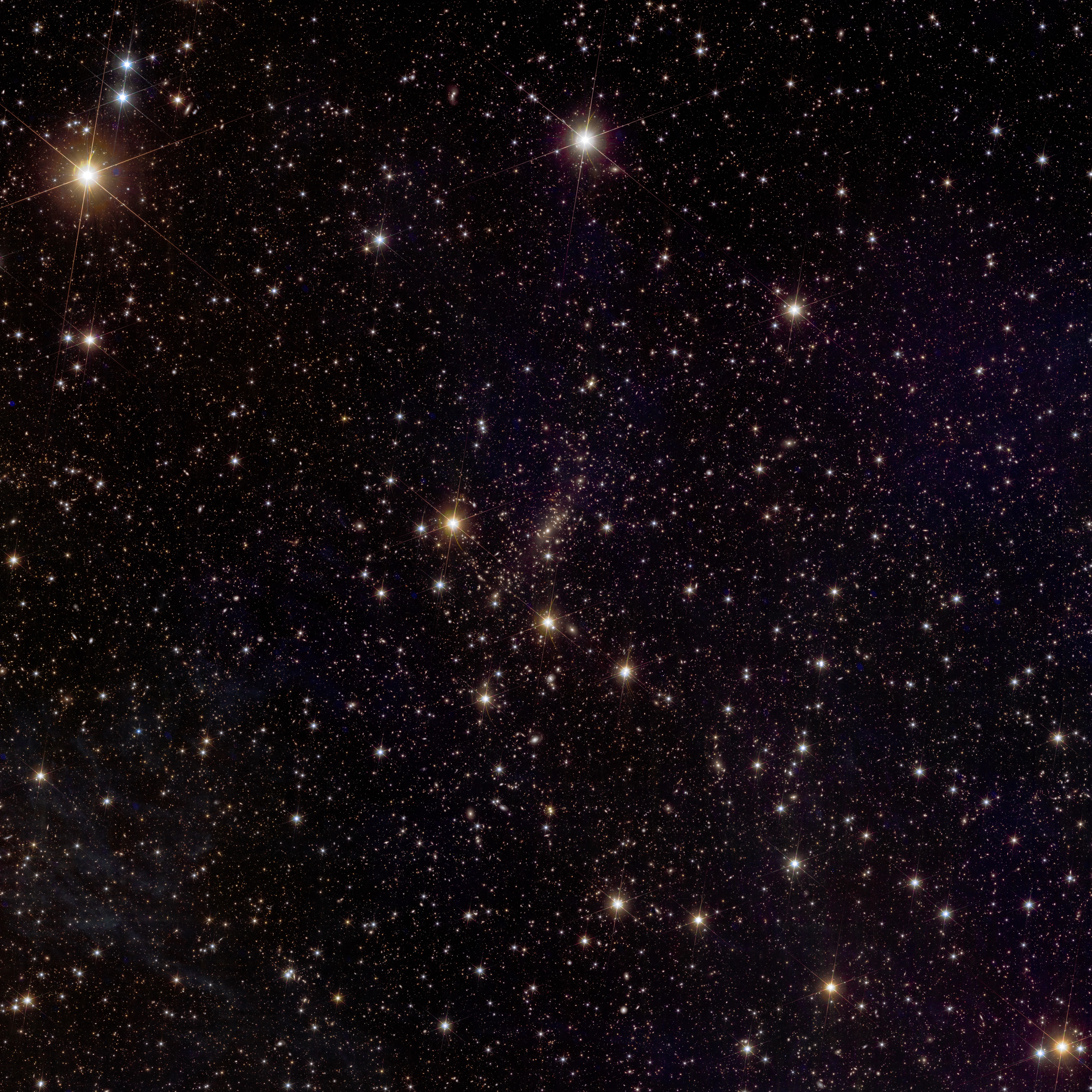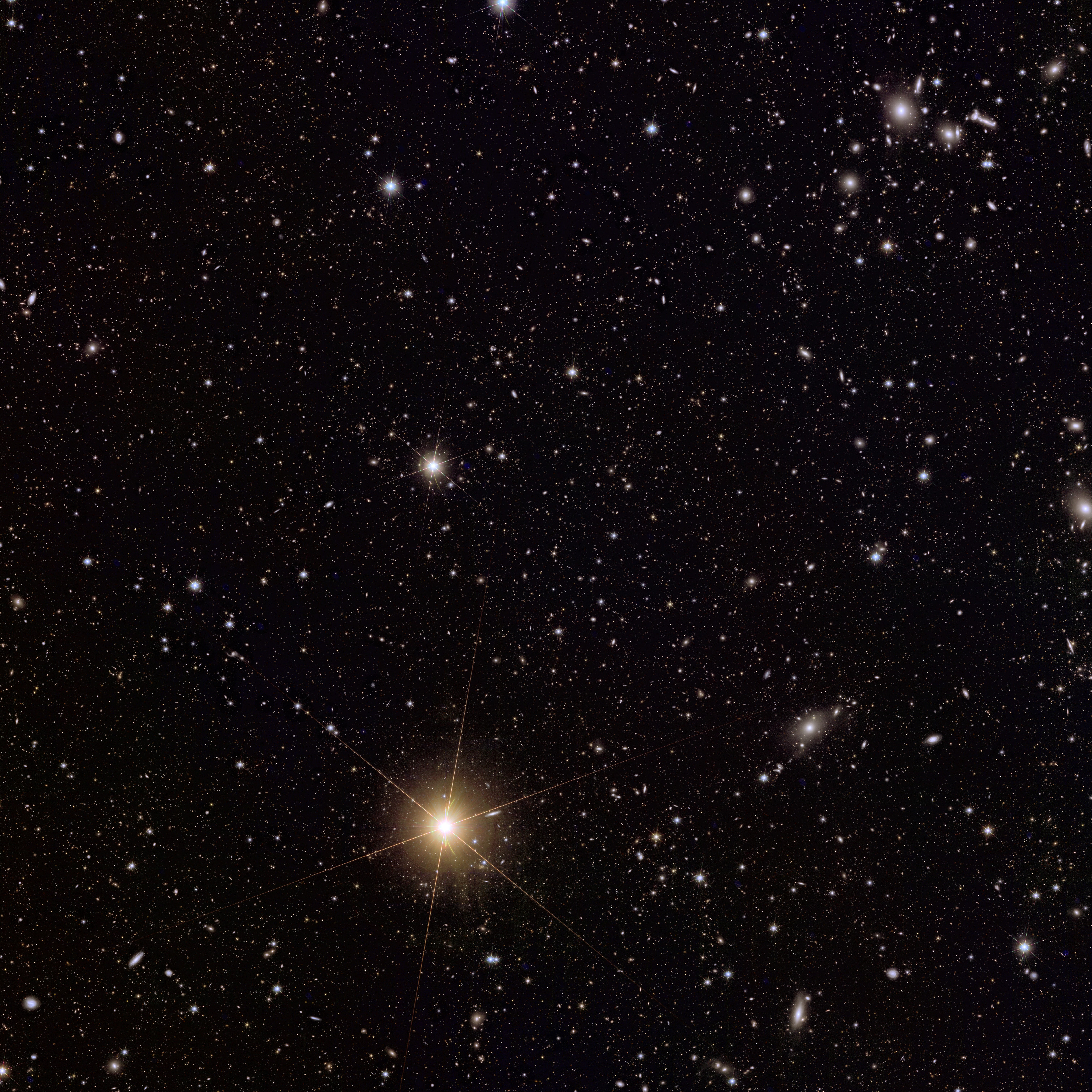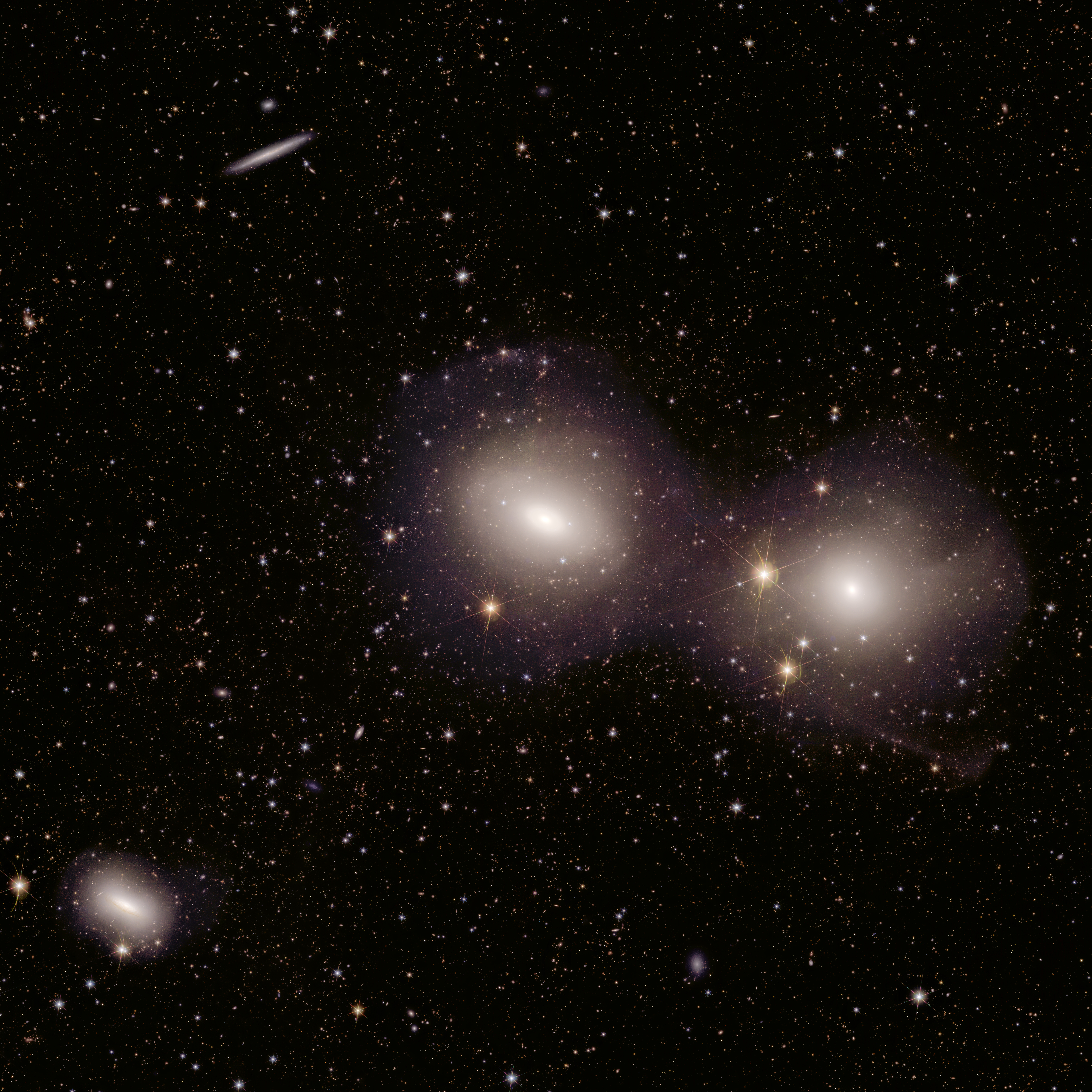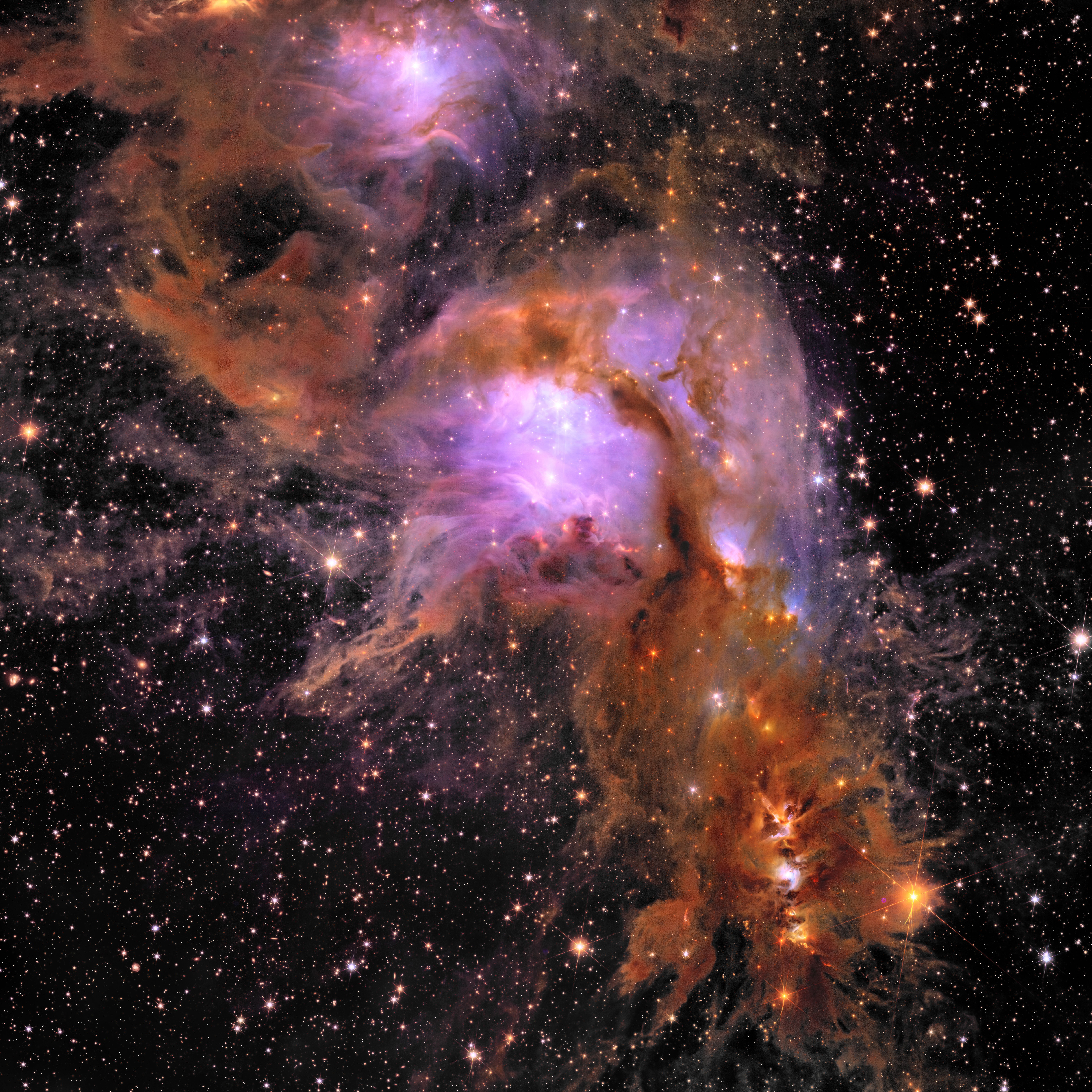The European Space Agency has designed their space observatory Euclid to hunt for the invisible but crucial components of the universe: dark matter and dark energy. Its first science release is now out and it shows that the observatory is more than up to the task. And it can do so much more than that.
Five images and 10 accompanying papers are the tip of the iceberg of what the observatory can do. The early catalog was produced in a single day and it contains more than 11 million objects in visible light and 5 million more in infrared light. It can see free-floating rogue planets only four times bigger than Jupiter, observe star clusters with unprecedented detail, as well as discovering new dwarf galaxies. But the goal remains to study galaxies with high precision to indirectly constrain the properties of the dark universe.
“Euclid is quite amazing. Everything on earth, all the galaxies, all the stars, everything that we see makes up only 5 percent of the universe. So there’s 95 percent we cannot see. One wants to understand what is out there and how this functions. That’s why we launched this mission,” ESA Director General Dr Josef Aschbacher teased us about this science release during a previous interview about the upcoming launch of Ariane 6.
“Euclid will help us measure the indirect effect of dark energy and dark matter so that we can better understand how they function and how they work. We will still not see them, but we can measure their impact indirectly. And this is actually quite exciting!”

The stunning Abell 2390 cluster is in the middle, amid thousands of galaxies further away in the universe. There are a few stars too with equally stunning artifacts, like the diffraction spikes and blue rings.
Euclid had some teething problems last year (which somehow produced some incredible art) but the first images published in November showed the capabilities and potential of the telescope. And this new batch builds up the well-deserved hype. In particular, astronomers are looking at gravitational lensing.
The cluster images centered around the clusters Abel 2390 and Abel 2764 show some arcs of light and distorted galaxies. That is called strong gravitational lensing, when a massive object such as a galaxy cluster warps space-time so much to act like a massive magnifying glass.
[In these images] you see the impact of gravitational lensing and how sharply, how efficiently, and at what high-performance Euclid can detect the arcs, which are evidence that the background galaxies are magnified.
Roland Vavrek, Euclid Deputy Project Scientist
But there is also more subtle lensing happening in the universe. This weak gravitational lensing is a more toned-down distortion, created by any mass between the object and the observers. All this lensing can be used to trace dark matter, since this hypothetical substance is supposed to interact only through gravity and not with light.

On the top right, there is the Abell 2764 cluster, and this image show just how many galaxies Euclid can snap in a single exposure.
“Gravitational lensing is core to the core science,” Roland Vavrek, Euclid Deputy Project Scientist, told IFLScience. “In this fantastic environment [the cluster images], which of course has very massive systems, you see the impact of gravitational lensing and how sharply, how efficiently, and at what high-performance Euclid can detect the arcs, which are evidence that the background galaxies are magnified.”
What makes Euclid a great dark matter telescope is its ability to measure the shape of galaxies with high precision. In distortions to those shapes, astronomers can reconstruct the distribution of dark matter in the universe in three dimensions. But you also need a wide field of view to capture a huge amount of galaxies. And a telescope that keeps steady during these precise observations.
“The guiding system of Euclid is a masterpiece of engineering. It ensures that we can we can keep the telescope on target over the almost 600 seconds of exposure,” Vavrek explained. “It’s a very small detail, but it ensures that we don’t get the galaxies blurred by technical effects. So we can really measure the blur due to the weak lensing effect.”

Merging galaxies forming part of the Dorado Group. Euclid has shown the shells and tails of these interacting objects.
These extraordinary capabilities are present in every single image we see from Euclid. Beyond the two galaxy clusters, we see details in the Dorado Group of galaxies. This is one of the richer galaxy groups visible in the Southern Hemisphere.
We can see here the double ability of Euclid to study the cosmic distribution of dark matter but also the local distribution. Here two galaxies are in the process of merging, with shells and tidal tails of gas visible, influenced by the gravity of the whole system both visible and invisible.

Star-forming region Messier 78 in the constellation of Orion.
And on the subject of galaxies, let’s take a look at NGC 6744. It is one of the largest spiral galaxies seen in the sky. Euclid can track the formation of stars in this object, adding more information to the evolution of galaxies and the history of star formation across the ages of the universe.
Euclid is capable of looking at those star formation regions in detail if they are much closer to us. Take Messier 78. Euclid delivers an unprecedented image of this stellar nursery. Thanks to its infrared camera, it shows where stars are being born for the first time as well as clearly revealing the distribution of gas and dust.
The images are extraordinary and the science is building the foundations for a clearer understanding of the whole universe. Euclid is living up to its promise, and we can’t wait to see more.
Explore the papers from the release, which have been made available on preprint server arXiv, here.
Source Link: Dark Matter-Hunting Euclid Releases Incredible New Images Sparkling With Stars And Galaxies